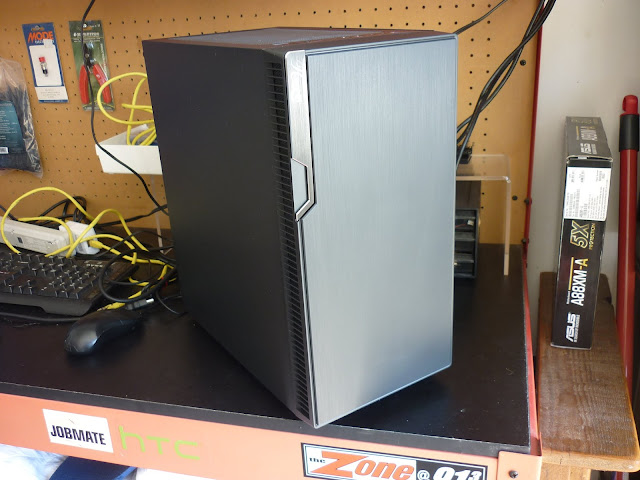There is a little pot of money that I have talked about before, it is the proceeds from selling off older technology, making profits from thrift store finds, pin money from my hobbies. The generator is one example of a purchase that could utilize "real" money, but I chose to use accumulated "free" money and oddly, buying stuff that might not be used, or for a future project, has zero guilt when procured with the free chuckles.
Yes, it is all chuckle money, but it is just a bit of fun, a game we play.
This beauty is a Dell PowerEdge T110 II
I bought it a week before the generator, for fifty dollars of my self-imposed pocket money. I'd like to let that sink in for a moment, fifty dollars...
Ok, moment over. The specifications on the machine are Xeon E31220 V2, 8GB DDR3 1600 MHz with two Terrabyte HDDs driven by an LSI SAS2008 Raid Controller. It is licensed for Microsoft Windows Server 2012 and perhaps other operating systems.
The machine is in near mint condition, even better now I have blown out the dust bunnies and given it a little polish.
It is the first server machine I have owned of this generation, and I really have no idea what I am going to do with it, I am not educated about the various nuances of RAID and twin drives or how to set up a server for that matter, at the current time in the house there appears to be no reason to have it running, but that is probably as I have no clue of the capabilities of the little box.
It may become a Network Attached Storage, media server, or perhaps I will dabble in Red Hat Enterprise Linux if I can get my hands on a copy, but what it does present for me are opportunities in the New Year to further my computer education in different directions than I am versed in.
I will certainly keep you posted when this one sees the light of day once more.















































